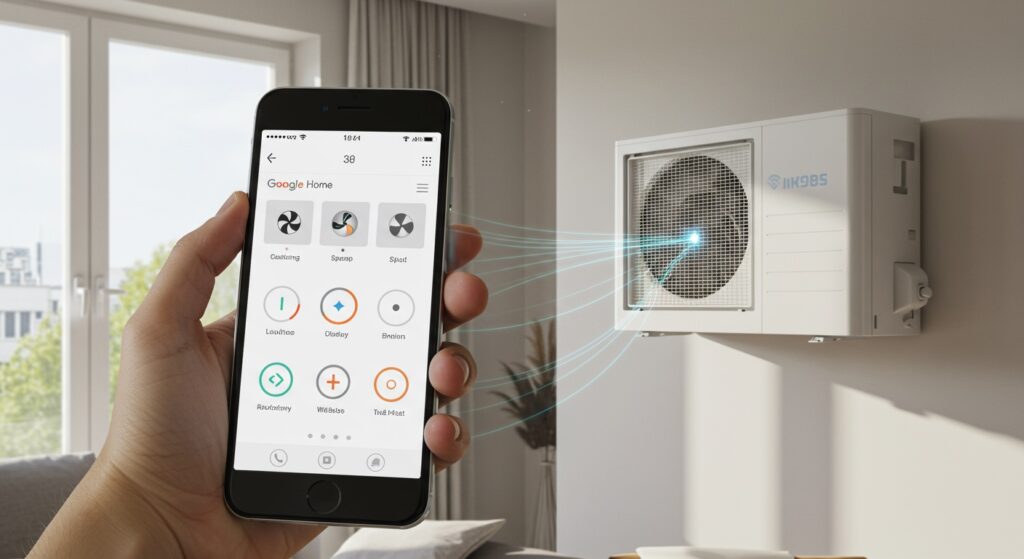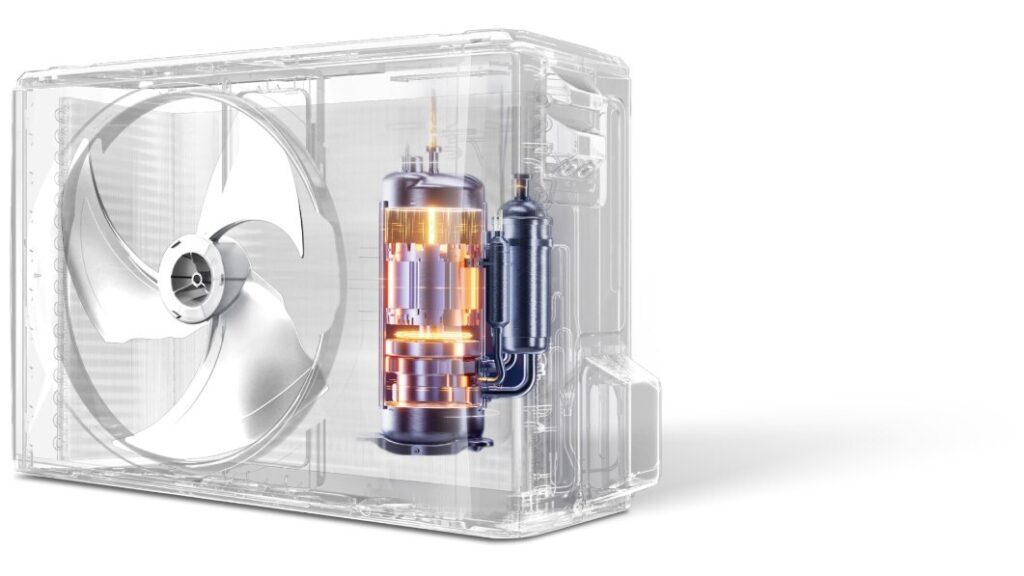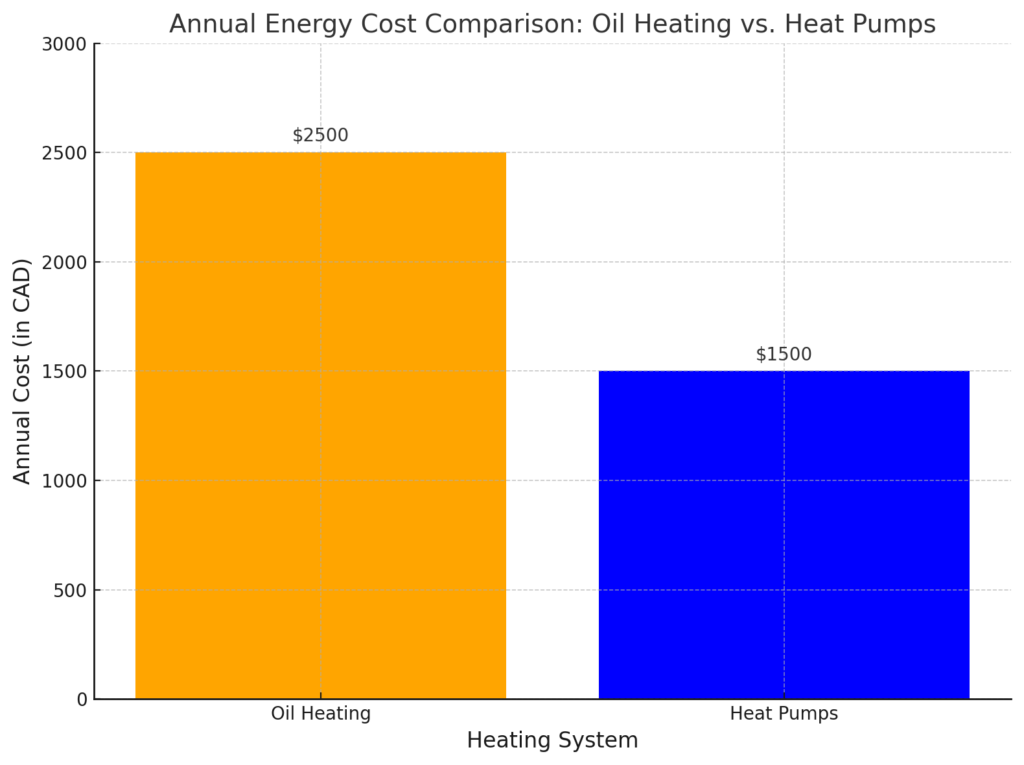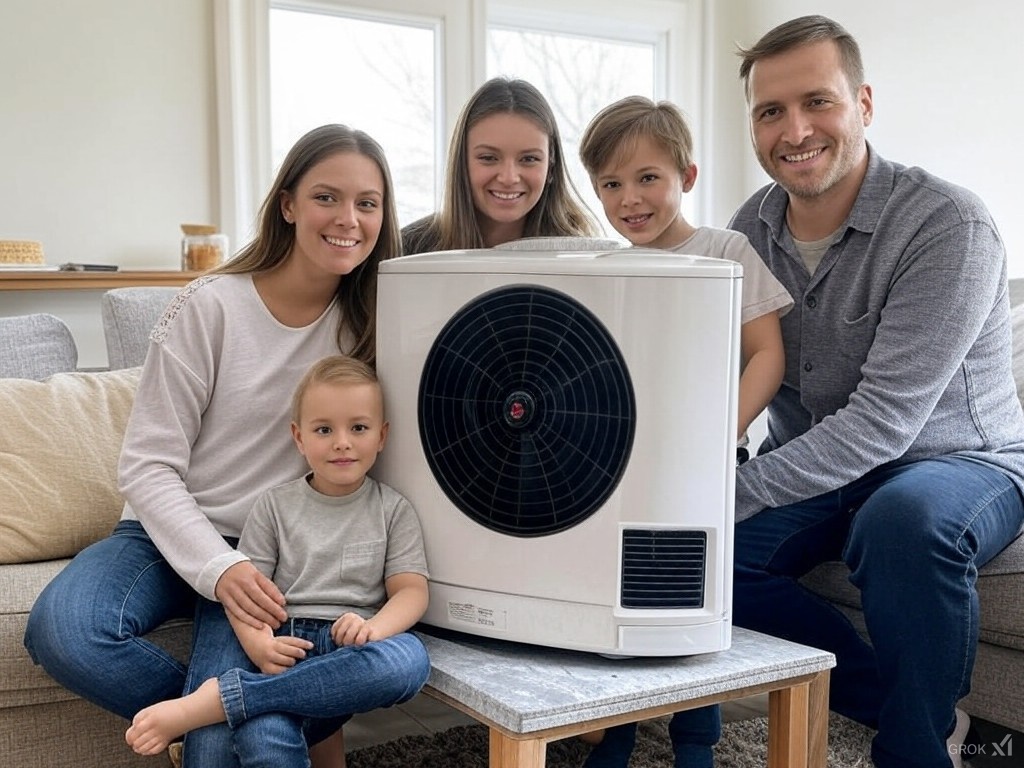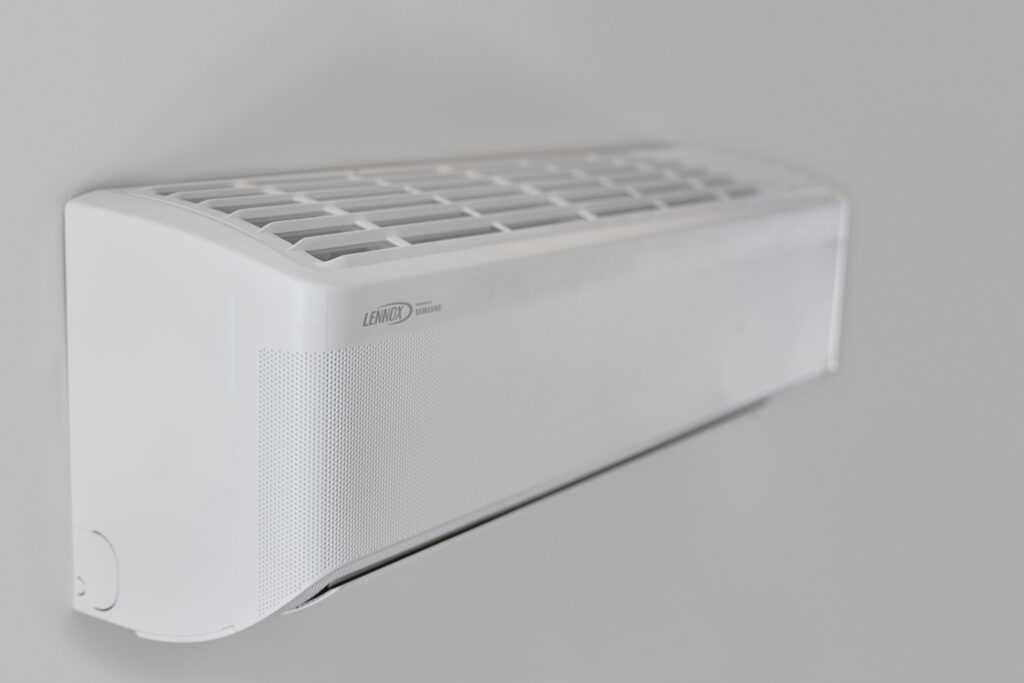The biggest news in the Google smart home world lately has been the massive platform shift: the official retirement of the Nest app and the long-anticipated transition of full control to the Google Home app. While most attention has focused on camera timelines and thermostat scheduling (goodbye, split controls!), Google snuck in a quiet, yet absolutely critical feature for those of us navigating Canada’s dynamic climate with high-efficiency equipment.
That feature? “Expanded controls for non-thermostat devices like mini-splits and smart heaters.”
This is more than just a bullet point on an update list—it’s the game-changer we’ve been waiting for. For years, integrating our cutting-edge, variable-speed ductless heat pumps (mini-splits) into the Google Home smart home ecosystem always came with a frustrating catch. The system was just too smart for the generic controls Google provided. We gained the convenience of voice commands and centralized temperature management, but we often paid for it by losing access to the features that truly define the efficiency and comfort of an inverter-driven system.
We had to settle. We had to use the manufacturer’s clunky app just to adjust a fan speed or activate a dehumidification mode. Google Home effectively “dumbed down” our advanced mini-splits to behave like decades-old ON/OFF furnaces, limiting them to basic setpoints.
For years, we’ve sacrificed critical efficiency features for the convenience of voice control. That era is finally over.
The HVAC Technician’s Mandate: What Really Matters
To understand why this update is such a win for efficiency, you have to ditch the thermostat mindset. A central furnace is generally an “ON or OFF” machine. A modern mini-split is an inverter-driven, variable-speed powerhouse designed to modulate continuously. Its industry-leading SEER (Seasonal Energy Efficiency Ratio) and HSPF (Heating Seasonal Performance Factor) ratings are achieved because it can run at 20% capacity to precisely maintain a temperature without the energy spikes of starting and stopping.
When Google Home previously treated a mini-split like a binary thermostat, it forced the unit out of its efficient, modulated sweet spot. The three most critical functions that were often lost, and which must now be correctly exposed via the Google Home app, are:
A. Granular Fan Speed Control
This is arguably the most crucial feature for comfort and efficiency. Mini-split head units offer distinct settings: Low, Medium, High, and often a powerful Turbo or Silent mode.
- The Problem: Generic controls often defaulted to a single “Auto” or “On” mode. If the system couldn’t communicate the precise fan speed (CFM) to Google, the homeowner lost the ability to manage noise or maximize heat throw across a large, open-concept Canadian living space. Full fan speed control means you can choose whisper-quiet operation during the night or a powerful distribution during the depths of winter.
B. Vane and Louver Direction (Swing)
In a ducted system, air comes from a fixed register. In a mini-split, the electronic vanes control where the conditioned air goes.
- The Problem: Without vane control, you can’t direct heat toward the floor in the winter (where it’s needed) or angle cool air toward the ceiling in the summer. Functionality like 4D Auto Swing or fixed vane positioning—essential for preventing drafts and ensuring even temperature distribution—was locked away in the manufacturer’s app.
C. Specialized Modes (Dry/Dehumidification)
In Canada’s mild late spring and early fall, you often don’t need cooling, but you absolutely need to manage humidity to prevent mold and mildew.
- The Problem: The dedicated Dry or Dehumidification mode, which runs the system specifically to remove moisture without significant temperature drops, was typically inaccessible via the old Google Home interface. Having expanded access to these tertiary modes means genuine, year-round climate management is now possible from a single app.
The verdict is clear: this expanded control update finally bridges the software gap. It allows the front-end (Google Home) to talk the sophisticated language of the back-end (the high-efficiency mini-split head unit), ensuring our systems can run as efficiently as they were designed to.
The Canadian Climate Advantage: Maximizing Efficiency and Savings
For Canadians, this update is particularly critical due to our extreme and unpredictable weather patterns, which demand maximum flexibility from our heat pump technology.
Our winters often dip far below freezing, requiring the mini-split to be carefully managed to maintain indoor comfort without cycling excessively. The ability to fine-tune fan speed and direction means warmer pockets of air can be effectively pushed to areas that need it most, preventing cold spots and reducing the need to crank up the thermostat—a key to maximizing your HSPF rating and lowering those winter electricity bills.
Furthermore, in coastal or transitional climate zones, high humidity in spring and fall is a significant concern. Having one-touch access to Dry Mode in your centralized Google Home app allows you to manage indoor air quality proactively, saving you money on full cooling cycles and protecting your home from moisture-related issues.
The Expanded Controls feature confirms that Google is finally treating the mini-split as the sophisticated, high-efficiency appliance it is. Whether you’re a tech geek looking for seamless automation or an HVAC professional demanding optimal unit performance, this is the most important smart home update for Canadian ductless heat pump owners this year.
Ready to get the most out of your mini-split? Make sure your Google Home app is updated and check your device settings for these new granular controls. If you are shopping for a new system, prioritize models with strong Matter or Works With Google Home integration to ensure you benefit from this new level of centralized, efficient control.
